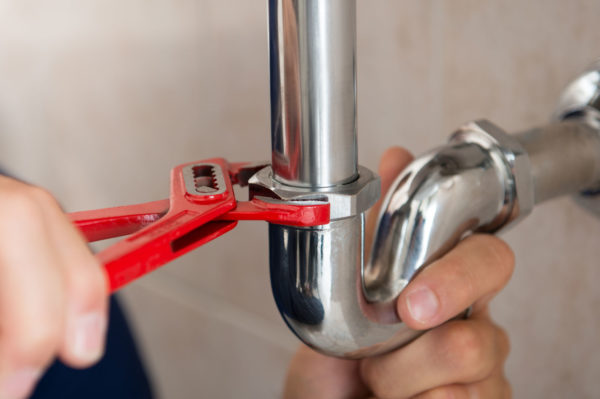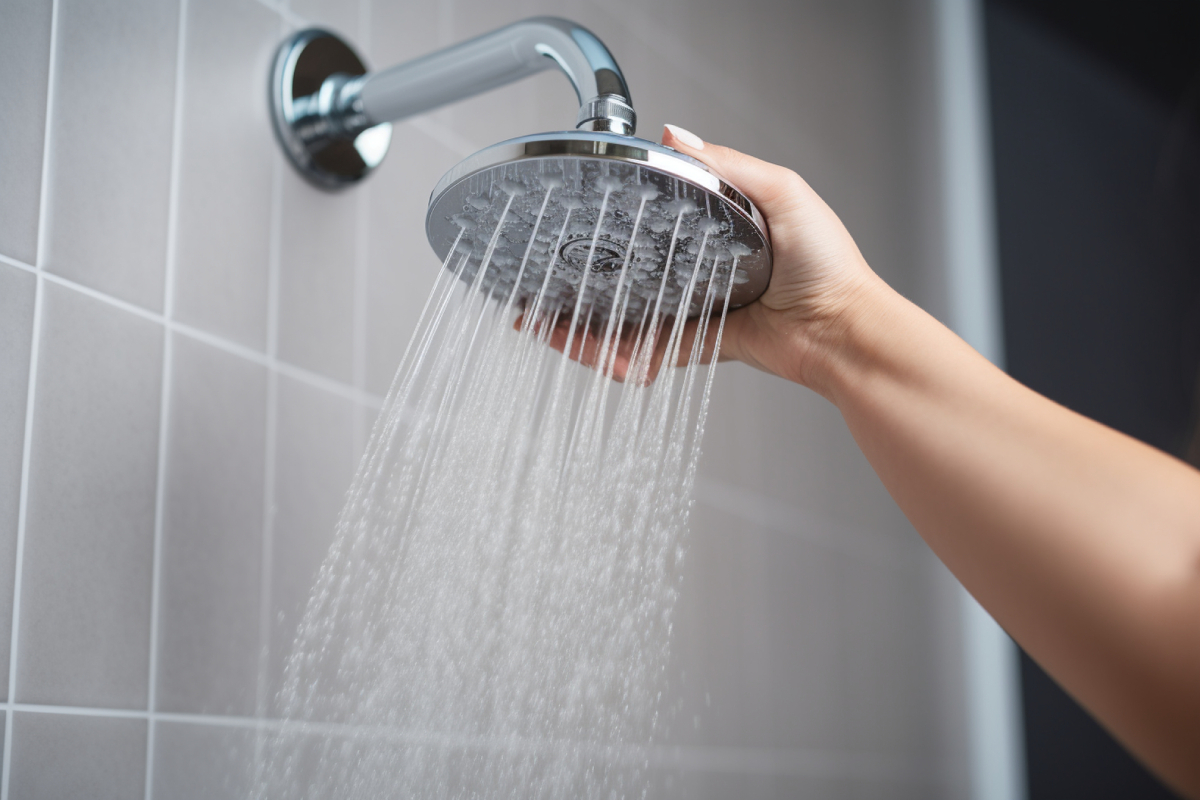This post down the page relating to Plumbing basics: How your home plumbing works is incredibly compelling. You should look it over.

Plumbing is an important facet of any kind of home, in charge of providing clean water for drinking, cooking, and bathing, as well as removing wastewater securely. Comprehending the basics of home plumbing is vital for every single homeowner to guarantee correct maintenance, troubleshooting, and, if required, repair services. In this novice's guide, we'll cover the basic ideas of home plumbing to help you become more aware of how it functions.
Water Heating Unit
The water heating system is accountable for heating water for residential usage, including showering, food preparation, and cleaning. Usual kinds of hot water heater include tank-type hot water heater, tankless (on-demand) hot water heater, and heatpump water heaters. The water heater is linked to the water system and supplies warm water to plumbing fixtures as required.
Drain System
The water drainage system eliminates wastewater from your home and brings it away to a sewage treatment facility or septic tank. It contains a network of pipelines, fittings, and components that deliver wastewater from plumbing components to the main sewer line or septic system. Proper water drainage is necessary to avoid blockages, backups, and sewer leaks.
Ventilation System
The air flow system assists preserve proper atmospheric pressure and stop sewage system gases from entering your home. Air vent pipes, also known as air vent heaps, expand from plumbing fixtures to the roofing system, enabling sewage system gases to leave safely outside. Air flow pipelines likewise enable air to go into the drainage system, assisting in smooth wastewater circulation and protecting against suction or vacuum results.
Supply Of Water System
The water supply system brings tidy water right into your home from a municipal water resource or a personal well. It contains a primary water line that links to your home's plumbing system, generally situated underground. A water meter measures the amount of water consumed, while a shut-off shutoff permits you to regulate the circulation of water right into your home.
Plumbing Fixtures
Plumbing fixtures are gadgets that provide water to numerous parts of your home and consist of sinks, taps, toilets, showers, bath tubs, and appliances such as dish washers and cleaning makers. Each fixture is attached to the supply of water system by means of pipes and fittings and may have its shut-off shutoff for maintenance or emergency situations.
Typical Plumbing Tools
Having the right tools accessible is essential for executing basic plumbing repair services and maintenance tasks. Usual plumbing tools consist of flexible wrenches, monkey wrench, pliers, pipe cutters, hacksaws, plungers, augers (or drainpipe serpents), and Teflon tape. Having these tools conveniently offered can help you deal with small plumbing problems successfully.
Fundamental Plumbing Repairs
While some plumbing fixings may require expert help, numerous typical concerns can be resolved with fundamental do it yourself techniques. Knowing just how to repair a dripping faucet, unblock a drain, replace a toilet flapper, or fix a leaking showerhead can save you money and time on plumbing repairs.
Final thought
Comprehending the basics of home plumbing is vital for every home owner to preserve a safe, useful, and effective plumbing system. By familiarizing yourself with the supply of water system, plumbing components, drainage system, ventilation system, usual plumbing tools, and standard repairs, you can confidently attend to small plumbing issues and ensure your home's plumbing system runs efficiently.
Understanding Basics of Home Plumbing System: A Beginner's Guide
The Main Components of Your Home Plumbing System
The Water Supply System
This system is responsible for transporting fresh water into your home. It usually has a main water line that splits into two branches: one directed towards cold water services and the other connected to a water heater for hot water. The pressure is key here; it ensures water reaches all parts of your house.
The Drainage System
Once water has been used, it becomes wastewater that needs to be removed from your home. This is where the drainage system comes into play. It includes all the pipes that carry wastewater and sewage away from your house to sewage treatment facilities or septic tanks.
The Vent System
The vent system prevents sewer gases from entering your home and helps maintain the pressure balance that allows wastewater to flow out properly. These vents usually exit through the roof of your house.
Water Heating System
For those who enjoy hot showers or using hot water for cleaning, the water heater is a crucial part of the plumbing system. It can be a tankless system, which heats water on demand, or a traditional water tank model.
Common Plumbing Problems and Basic Troubleshooting
Plumbing systems, while designed to be durable, can face issues like clogged drains, leaky faucets, or low water pressure. Here are some basic troubleshooting tips:
Clogged Drains
Use a plunger or a plumber's snake to try and dislodge whatever is blocking the drain. Regular cleaning can prevent clogs.
Leaky Faucets
Often caused by worn-out washers or gaskets, these can usually be replaced by someone with basic DIY skills.
Low Water Pressure
This might be due to sediment build-up in your fixtures or a leak somewhere in your water line. Cleaning out aerators or seeking a professional to detect leaks might be necessary.
Preventive Maintenance Tips
Maintaining your plumbing system is key to avoiding emergencies. Regularly check for leaks, avoid disposing of grease down the sink, and have your system inspected by a professional plumber at least once a year.

As a devoted reader about Plumbing Basics Every Homeowner Should Know, I think sharing that excerpt was a smart idea. Are you aware of another person who is intrigued by Plumbing Basics Every Homeowner Should Know? Do not hesitate to promote it. Thanks a lot for your time. Come back soon.
Order Repair